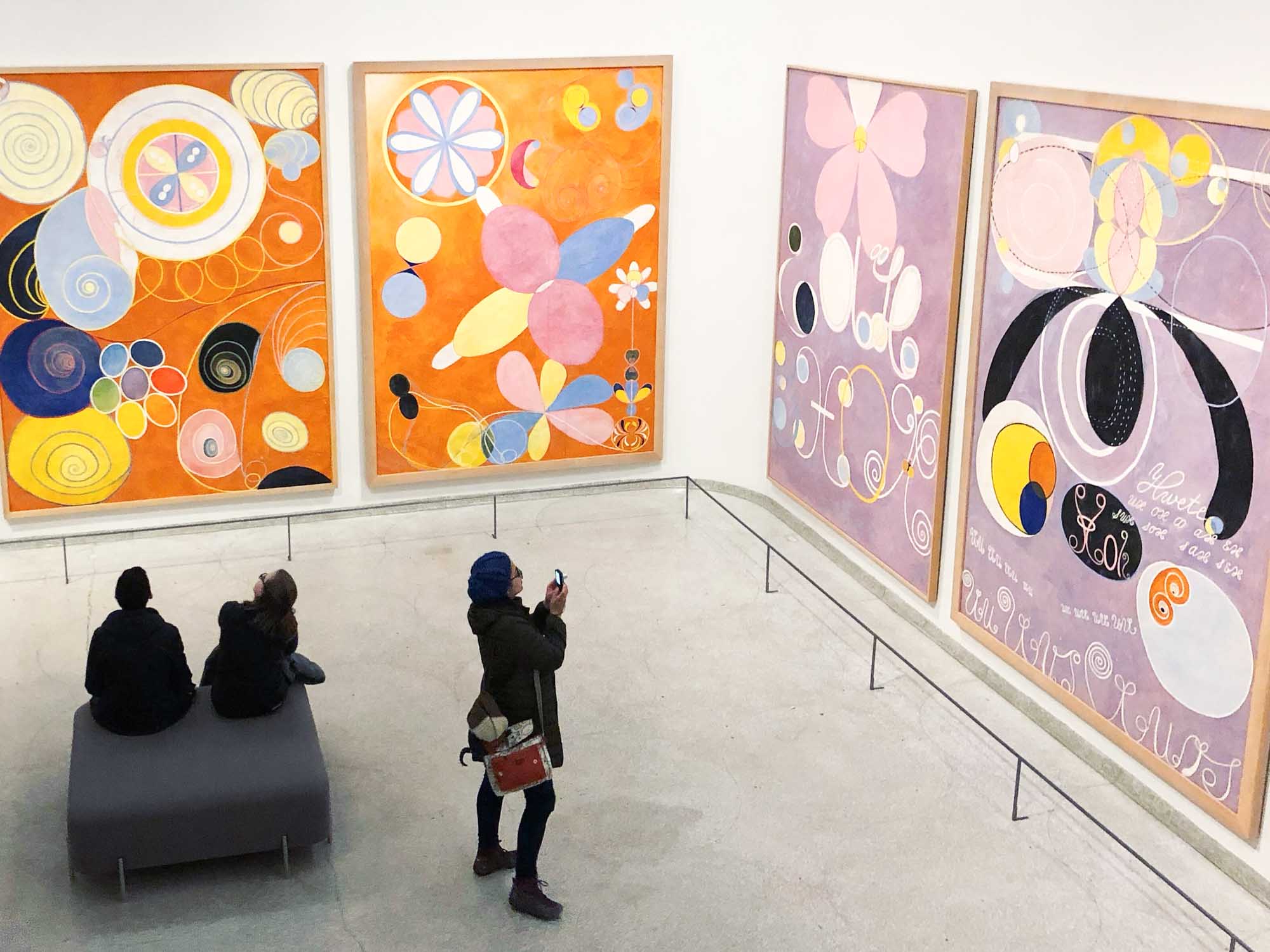Hilma af Klint (1862-1944) is one of the most beloved artists in the world today. Her 2018 exhibit at New York’s Guggenheim Museum was its most-attended ever, and the rediscovery of her early abstract work necessitated a rewriting of art history.
Still, af Klint, who spent the latter part of her life dedicated to anthroposophy, only exhibited her work a handful of times in her lifetime. She had an understanding that she was ahead of her time, that the world was not ready to appreciate her work, and requested that it not be seen for 20 years after her death. It took 40 years for her work to first grab the attention of art historians and another 60 before she received international critical reception. Earlier this year, a biopic, Hilma, was made, celebrating her life.
This story of Hilma af Klint demonstrates how ideas can arrive and be planted in the earth well before it’s their time to ripen and flower into broader consciousness. Perhaps this is the case with anthroposophy, too. Perhaps someday, anthroposophical impulses could blossom, fruit, and promulgate on a much bigger scale than is currently the case. Perhaps this is already happening, step by step. Perhaps, alongside the excesses of materialism and technology in education, agriculture, and medicine, there is a complementary counter-current taking us towards spiritual science. Perhaps the craze of consumerist, hyper-individualistic, and quick-paths to spirituality is inspiring a counter-wind towards grounded, community-oriented, and slowly evolving paths. This thought is certainly not proven, and it should not make us complacent, but it can be fortifying to keep in mind amidst moments of trouble. Stored well, some seeds can retain their potential to germinate for centuries.
Title image Hilma af Klint, “The Ten Largest“, Solomon R. Guggenheim Museum in New York, 2018. Exhibition view. Photo: Ryan Dickey (Evanston, IL/Chicago) CC 2.0.





